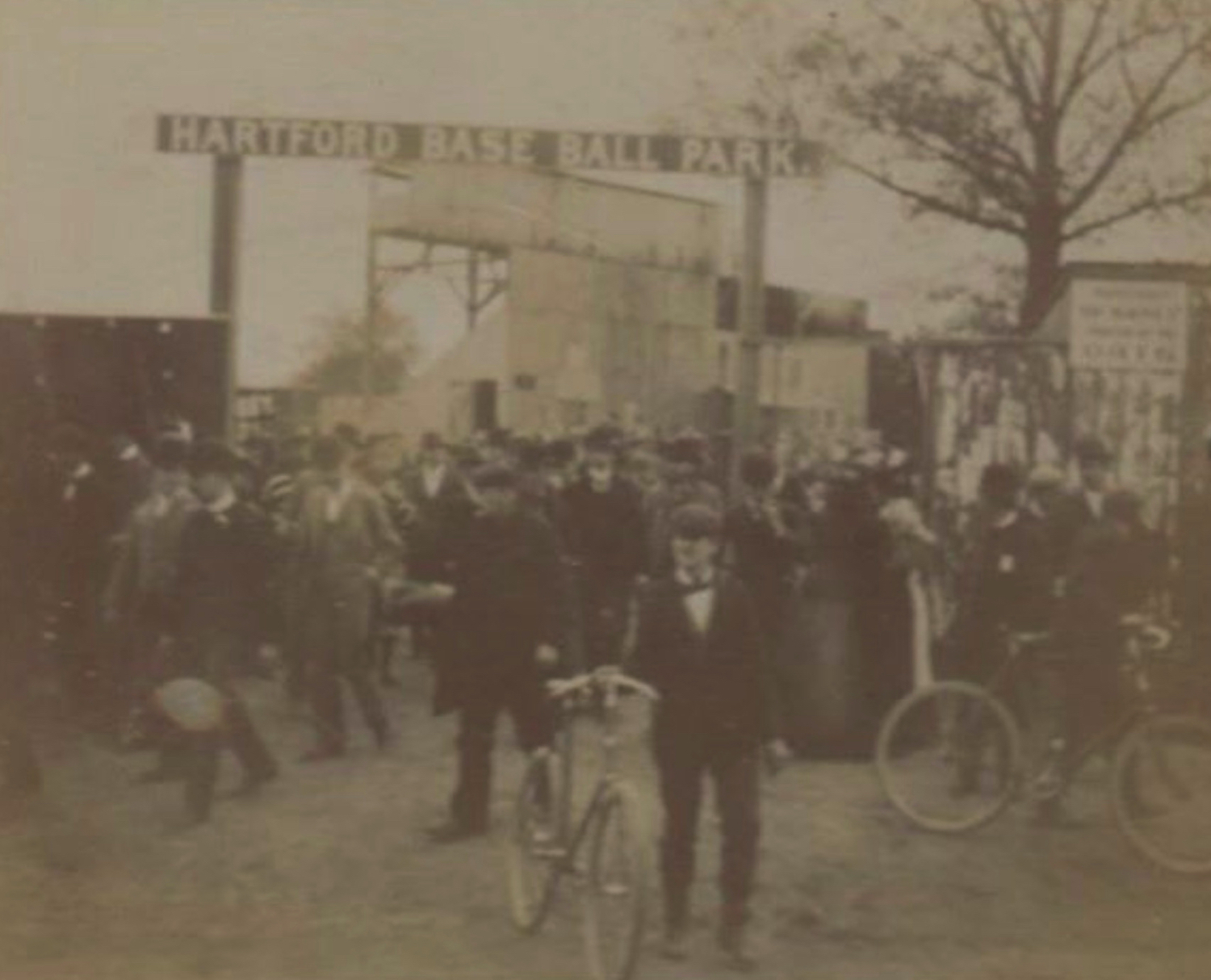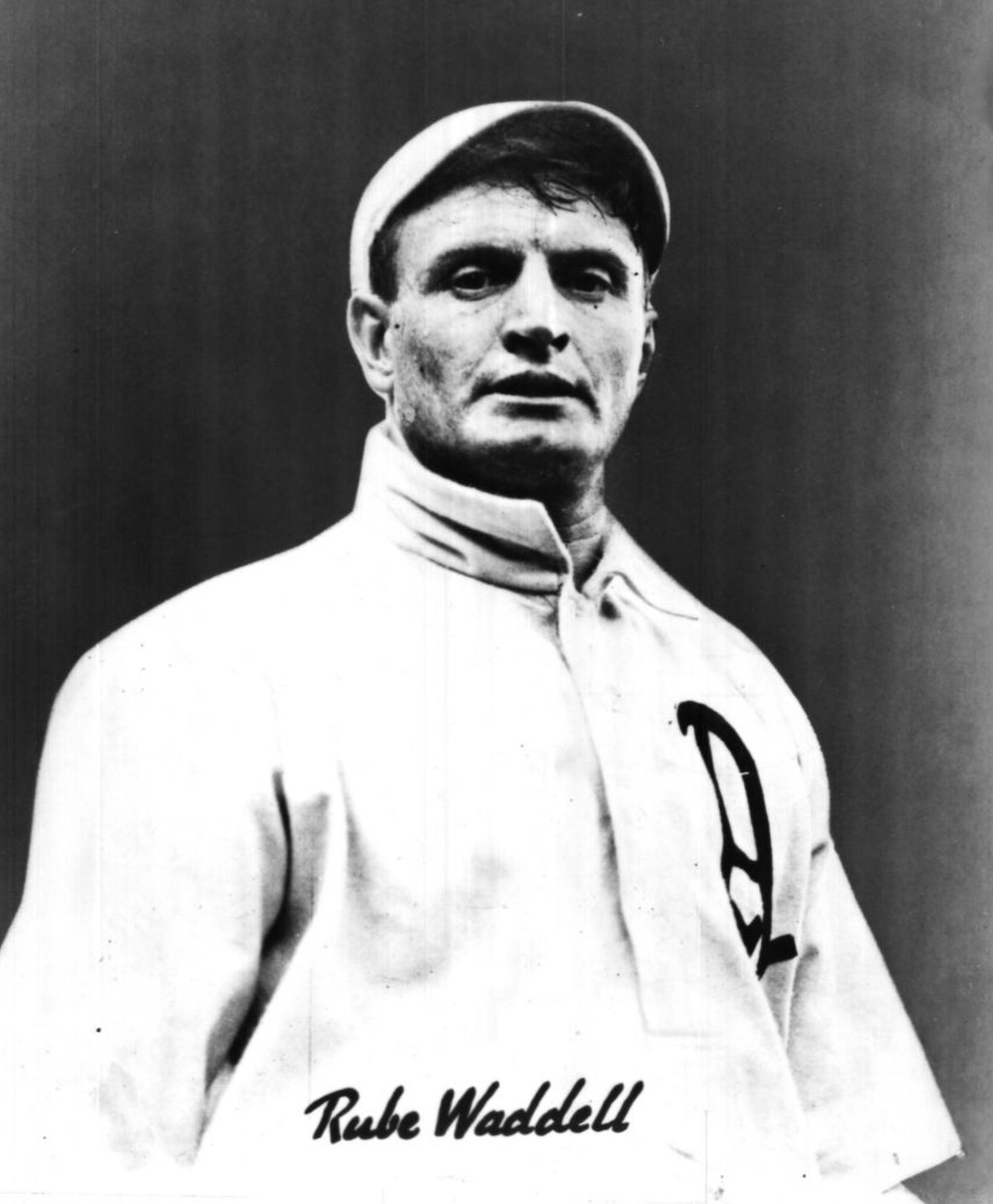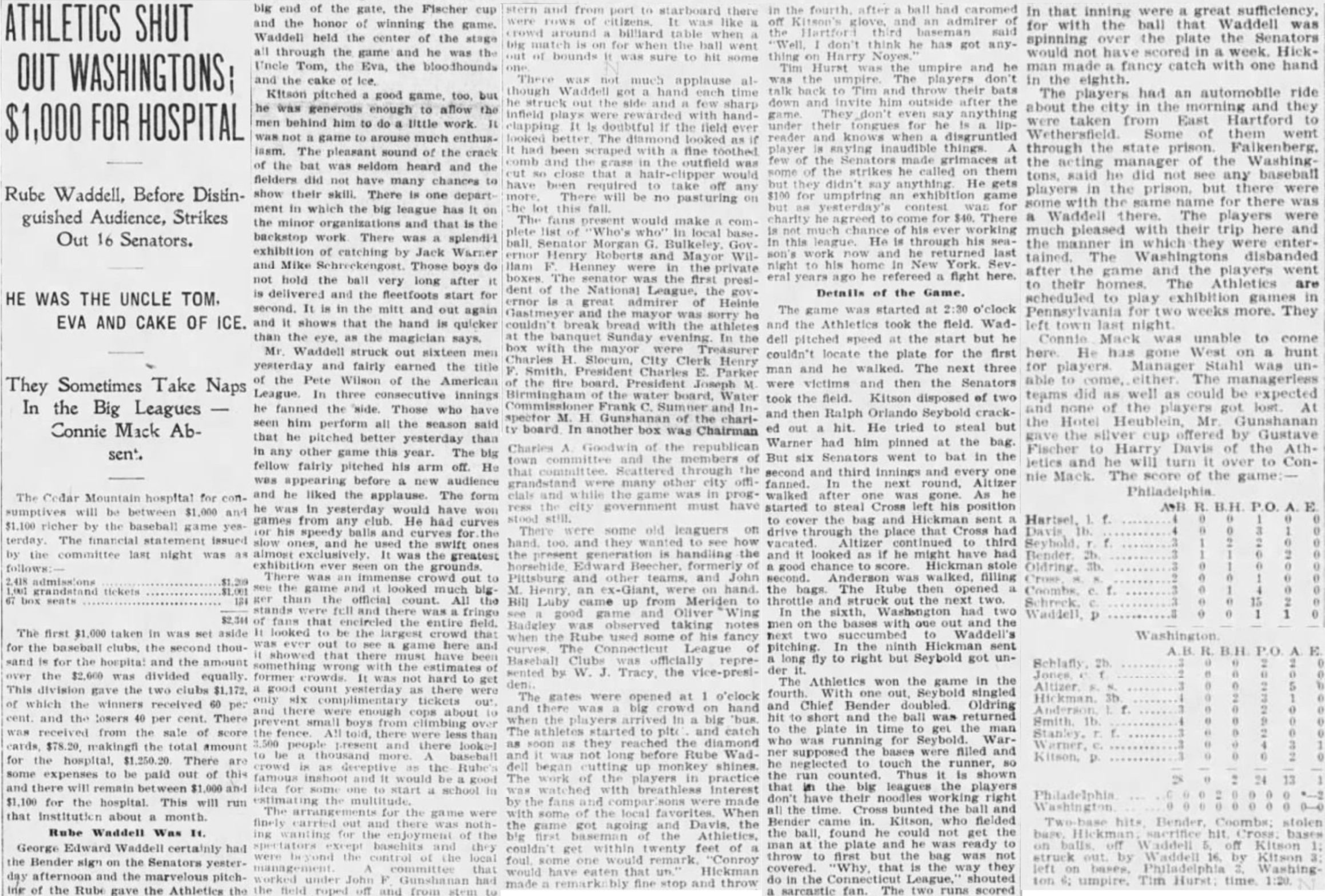HALL OF FAME INDUCTIONS SET FOR NOVEMBER 15, 2025
Save the Date!
The next GHTBL Hall of Fame dinner will be hosted at 5:30 PM on Saturday, November 15, 2025 at Indian Hill Country Club in Newington, Connecticut. Dinner to be served at 6:30. This event is open to the public.
The Class of 2025:
- Rob Arkus, People’s Bank
- John Curry, Katz Sports
- Mike Giovinazzo, Bristol Cassins
- Mike Mangiafico, Newington Capitols
- Ray Borsari, Malloves Jewelers
- Paul Caccavale, East Hartford Jets
- Eric Fritz, People’s Bank
- Nick Macellaro, Bristol Merchants
- Rob Tencza, Meriden Merchants
- Hal Benson, Manager East Hartford Jets
- Dave Bindas (Umpire Division)
- Bill Tatelman (Umpire Division)
Contact Jack Hurley at jkhurley@cox.net for $60 tickets. Cash or checks made to “GHTBL” can be sent to 53 Candlewyck Drive, Newington, CT 06111. Or patrons can pay at the door on November 15th.
Congratulations to our Hall of Famers to-be!






























































































